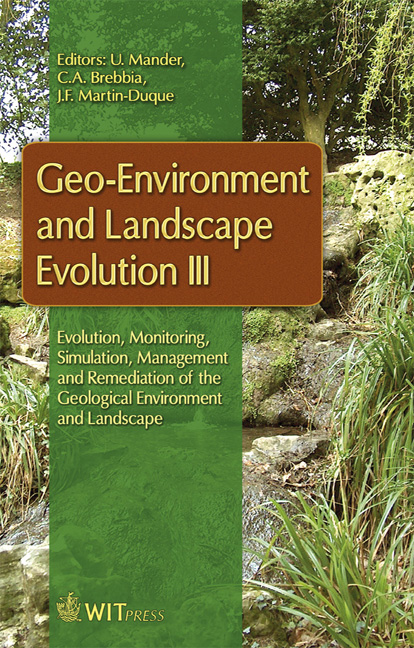Vertical And Horizontal Variation In Natural Chloroform In Two Adjacent Soil Profiles In A Coniferous Forest
Price
Free (open access)
Transaction
Volume
100
Pages
10
Page Range
161 - 170
Published
2008
Size
1049 kb
Paper DOI
10.2495/GEO080161
Copyright
WIT Press
Author(s)
C. N. Albers, T. Laier & O. S. Jacobsen
Abstract
Naturally produced chloroform is occasionally detected in soil and groundwater of non-urban areas in concentrations that can exceed the regulatory levels. In this study, we present the distribution of naturally produced chloroform in a temperate coniferous forest from top soil to upper groundwater. Chloroform is most likely produced by the activity of fungi, and the production varies therefore with the domains of certain unidentified fungi. We show that the differences in concentration within 10 metres can approach two orders of magnitude in the top soil. The difference in chloroform concentrations in upper groundwater within the same distance is almost one order of magnitude. The concentration of chloroform in the top soil varies significantly with season, while season affect deeper levels much less. Keywords: chloroform, fungi, groundwater, unsaturated zone, natural organohalogens. 1 Introduction Halogenated organic compounds in the environment are usually viewed as a result of human activity. Even though this is often true, more than 3800 naturally produced halogenated organic compounds have been identified so far [1]. In nonurban environments, chloroform (CHCl3) is occasionally detected in the groundwater where no obvious anthropogenic source is present [2]. Furthermore, global estimations of chloroform production have shown that less than 10% is of anthropogenic origin whereas marine and terrestrial production must make up more than 85% [3,4].
Keywords
chloroform, fungi, groundwater, unsaturated zone, naturalorganohalogens.





